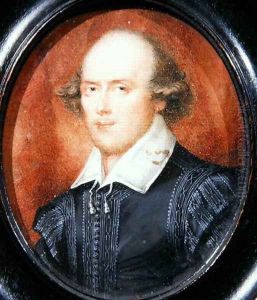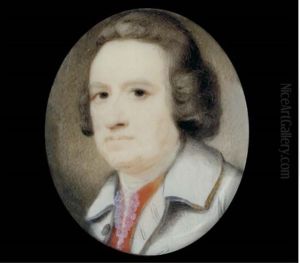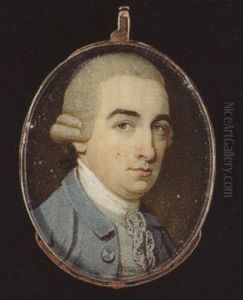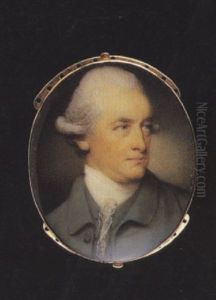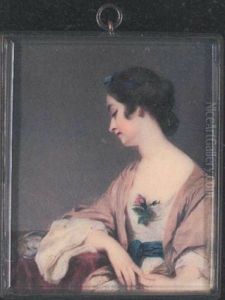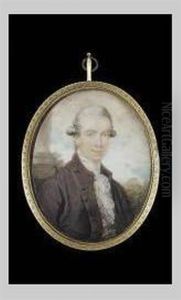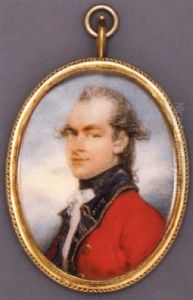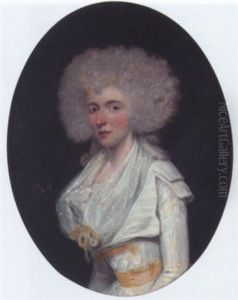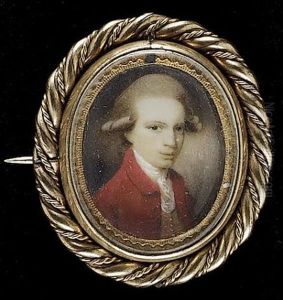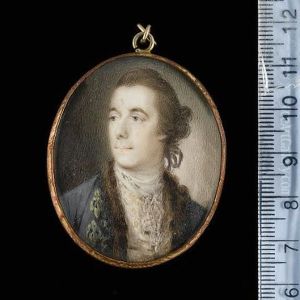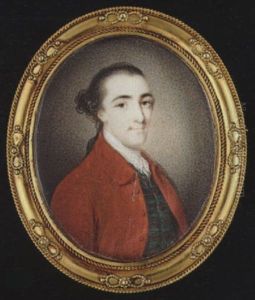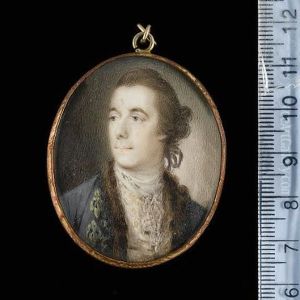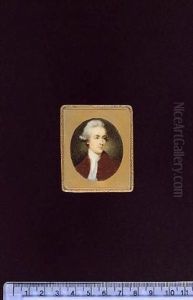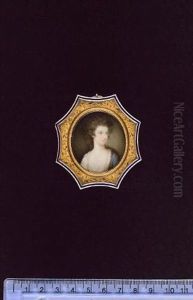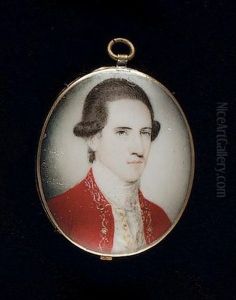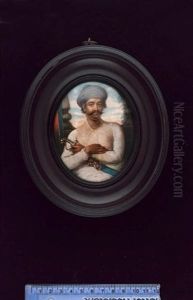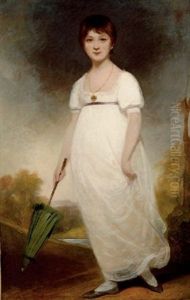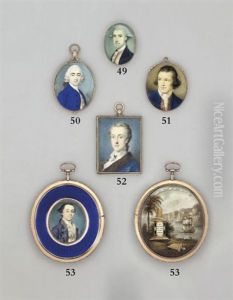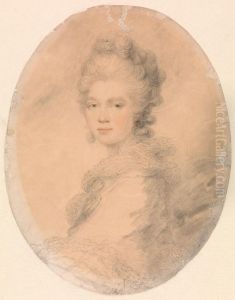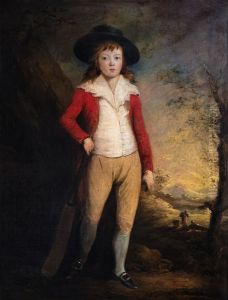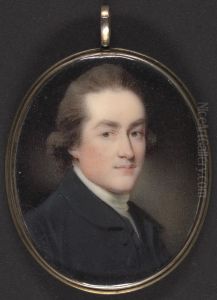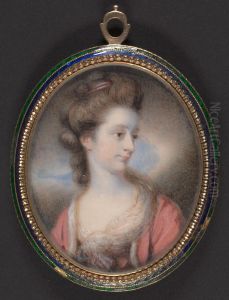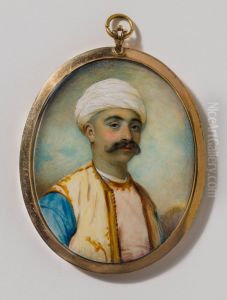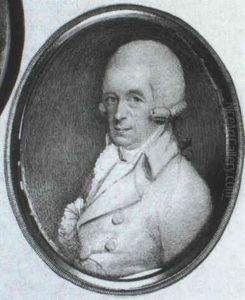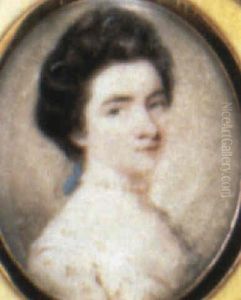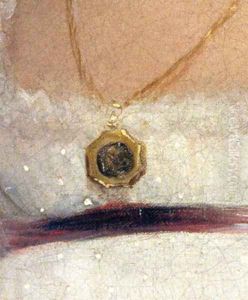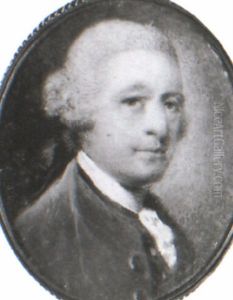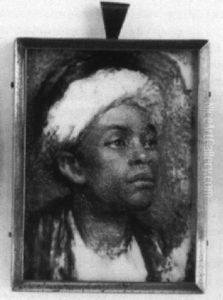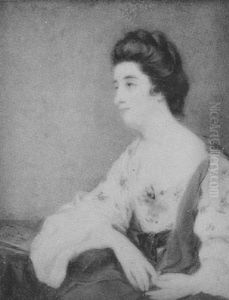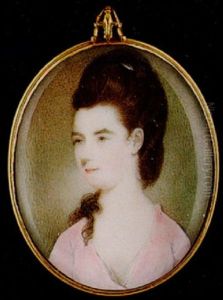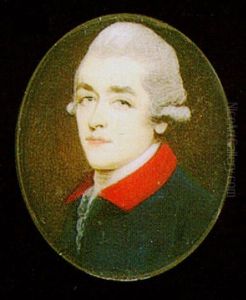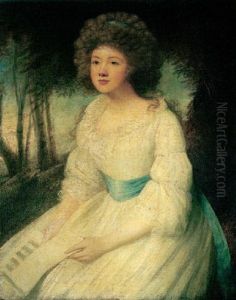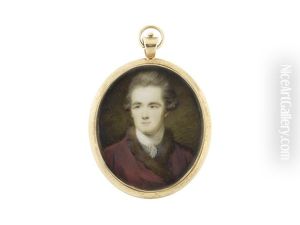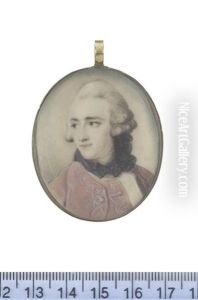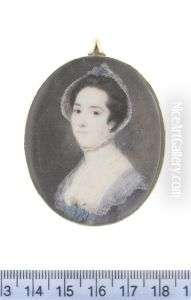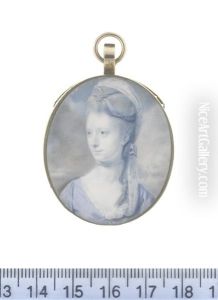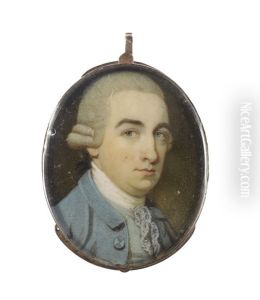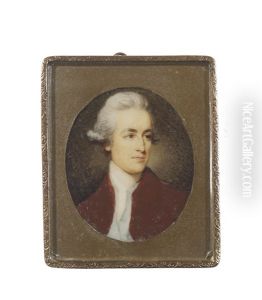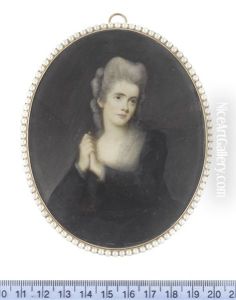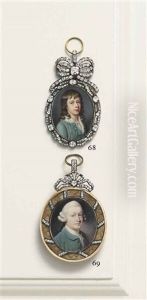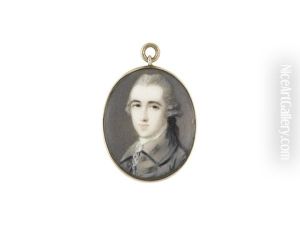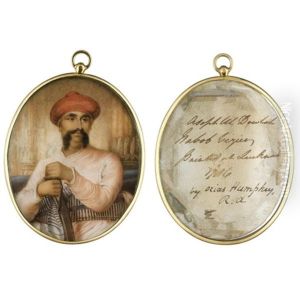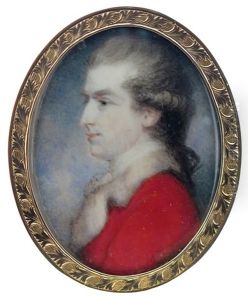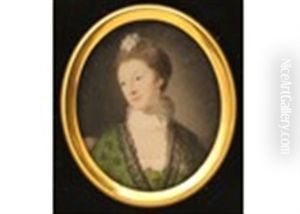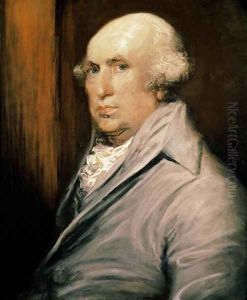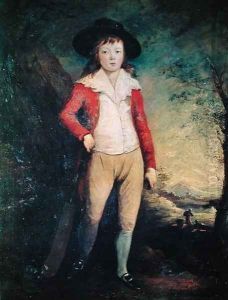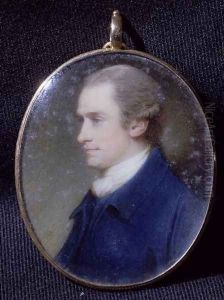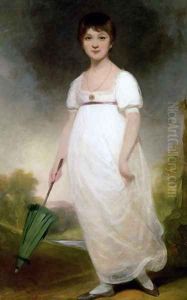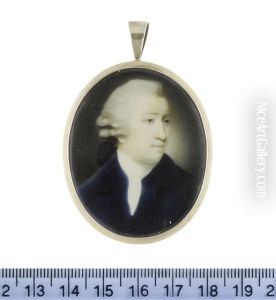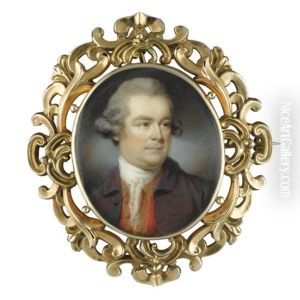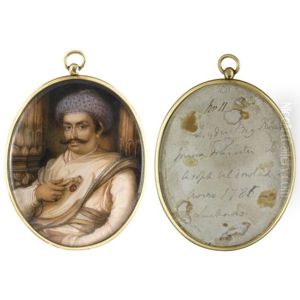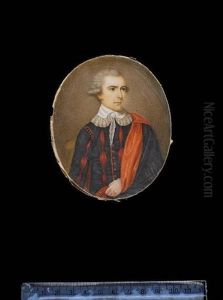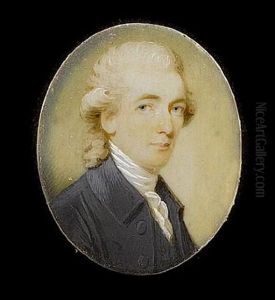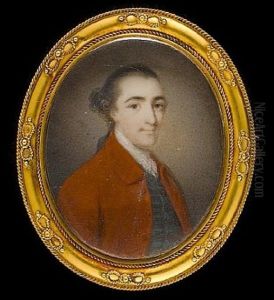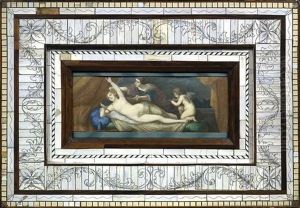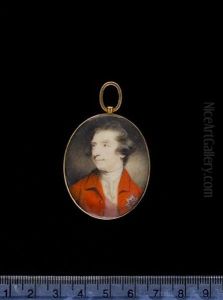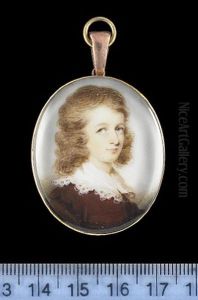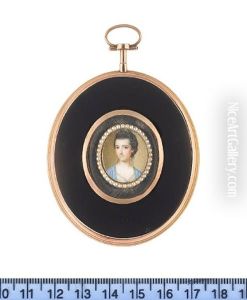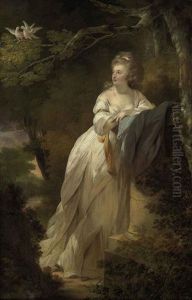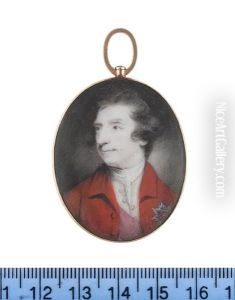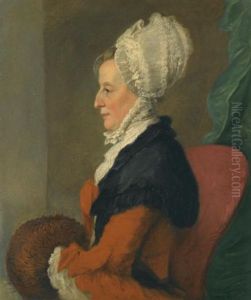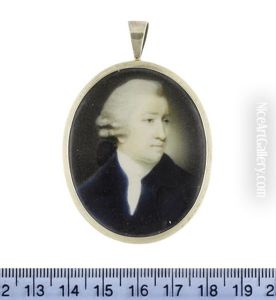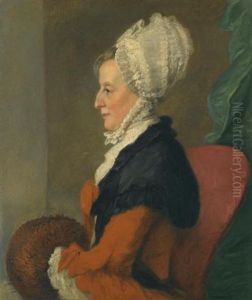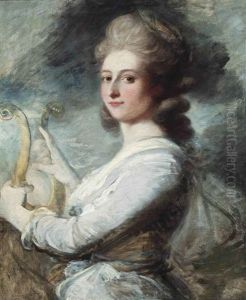Ozias Humphry Paintings
Ozias Humphry was a distinguished English painter of portraits and miniatures. Born on September 8, 1742, in Honiton, Devon, he was part of a family of tradesmen. His inclination towards art was evident from a young age, and he went on to pursue his passion for painting by apprenticing under Samuel Collins in London. Later, he continued his studies at the Shipley's drawing school where he honed his skills further.
Humphry’s talent was recognized early on in his career, and he gained the patronage of important figures of his time. His journey as an artist led him to travel to Italy in 1764, where he stayed until 1777. During his time in Italy, Humphry studied the works of the Old Masters and was particularly influenced by the paintings of Raphael and Titian. This experience was pivotal in the development of his technique and style.
Upon his return to England, Humphry established himself as a leading portraitist. He was adept at both oil paintings and miniatures. His miniatures were highly regarded for their delicacy and precision. In 1779, he was elected an Associate of the Royal Academy and became a full Academician in 1791. Humphry's success in London was, however, interrupted by a declining eyesight, which forced him to shift his focus from miniature painting to larger works and eventually to pastels.
Despite his visual impairment, Humphry continued to produce remarkable works of art. Among his notable patrons was the Prince of Wales, later King George IV, who commissioned Humphry to create portraits of Indian princes. These commissions came after Humphry's trip to India from 1785 to 1787, a period during which he painted many dignitaries and documented the faces and costumes of the subcontinent.
Ozias Humphry's career was significantly impacted by his failing eyesight, which deteriorated further as he aged, leading to his eventual blindness. This misfortune, however, did not diminish the legacy of his earlier works. Humphry passed away on March 9, 1810, in London, leaving behind a body of work that continues to be studied and admired for its contribution to 18th-century British art. His works are preserved in various collections, including those of the Victoria and Albert Museum in London and the Metropolitan Museum of Art in New York.
